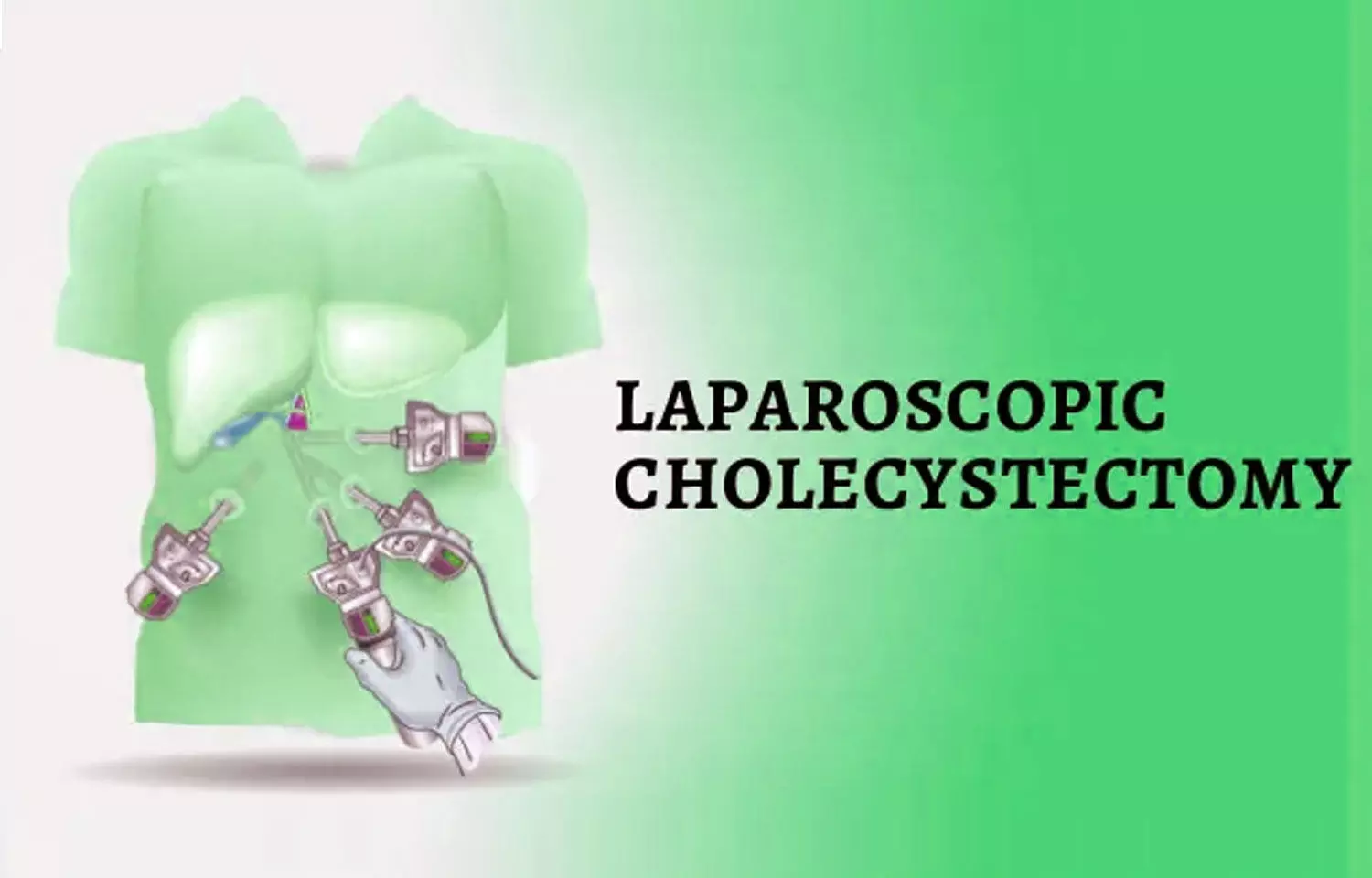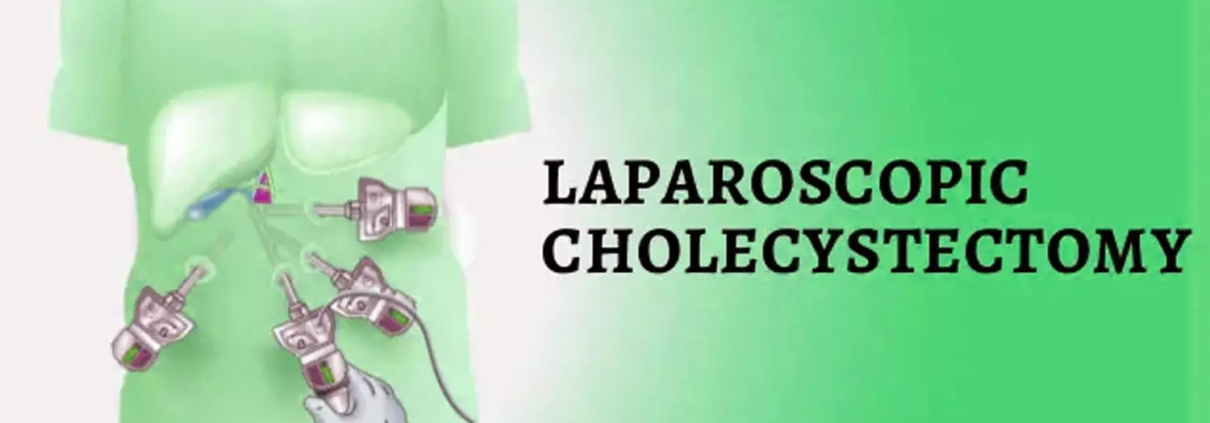Laparoscopic Cholecystectomy Safe and Feasible in Pregnancy: Study

Researchers have found in a new study that Laparoscopic cholecystectomy (LC) is a safe and practical procedure for pregnant women, associated with minimal intraoperative and postoperative complications. The study was published in Cureus journal by VK Singhal and fellow researchers. A retrospective observational study in UAE hospital has reaffirmed the feasibility and benefits of LC in pregnancy, and it supports the increasing role of LC as the preferred treatment of symptomatic gallstones during pregnancy. The surgery demonstrated low complication rates of both surgical and obstetric complications, and this strengthens its safety profile and clinical utility in pregnant patients.
Gallbladder disease, such as cholelithiasis and cholecystitis, is not uncommon in pregnancy because hormonal changes influence bile composition and gallbladder motility. Traditionally, surgery in pregnancy has been managed cautiously with an eye on maternal and fetal risks. With advancements in minimally invasive surgery and perioperative care, the use of laparoscopic cholecystectomy in pregnancy has increased.
This retrospective observational study examined medical records of 56 pregnant women between 18 and 42 years old who had laparoscopic cholecystectomy for gallstones at Prime Hospital from January 2015 to December 2023. The inclusion criteria included those with acute or chronic cholecystitis, biliary colic, or undergoing immediate postpartum surgery. Non-surgical cases and those with incomplete data were excluded. Diagnoses were confirmed by clinical assessment and imaging, and all operations adhered to rigorous intraoperative protocols intended to reduce the risk of preterm delivery. Statistical analysis was conducted using SPSS (IBM Corp., Armonk, NY).
Key Findings
-
The mean age of the patients was 32.5 years, and the mean body mass index (BMI) was 28.4 kg/m². The mean gestational age at surgery was 22.7 weeks. The majority of the patients (34, 60.7%) were multiparous. Diabetes mellitus and hypertension were seen in 12 (21.4%) and 8 (14.3%) women, respectively.
-
The most frequent indications for surgery were symptomatic cholelithiasis in 30 patients (53.6%) and cholecystitis in 20 patients (35.7%). Intraoperative complications were exceptional, with a slight amount of bleeding in 3 cases (5.4%), and conversion to open surgery was required in only 2 cases (3.6%). The most frequent complication was postoperative pain in 40 patients (71.4%).
-
Obstetric complications were quite rare in general. Four patients (7.1%) had preterm labor, and 3 (5.4%) had fetal distress. Despite all these complications, neonatal status was outstanding, with high-quality APGAR scores and zero fetal deaths, which indicates LC did not affect fetal well-being if due caution was exercised.
The results of this study strongly attest to the safety and feasibility of laparoscopic cholecystectomy in pregnancy. These findings highlight LC as a safe and effective surgical method for the treatment of gallbladder disease in pregnant women, especially in the second trimester.
Reference:
Singhal V, Alaswad F, Senofer N, et al. (March 03, 2025) The Outcome of Laparoscopic Cholecystectomy in Pregnant Women . Cureus 17(3): e80005. DOI 10.7759/cureus.80005



